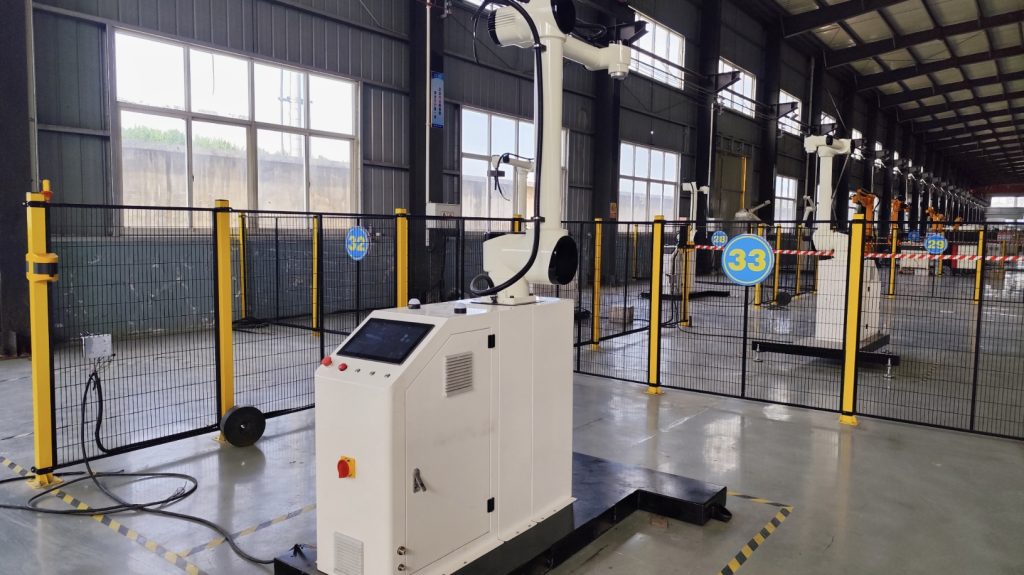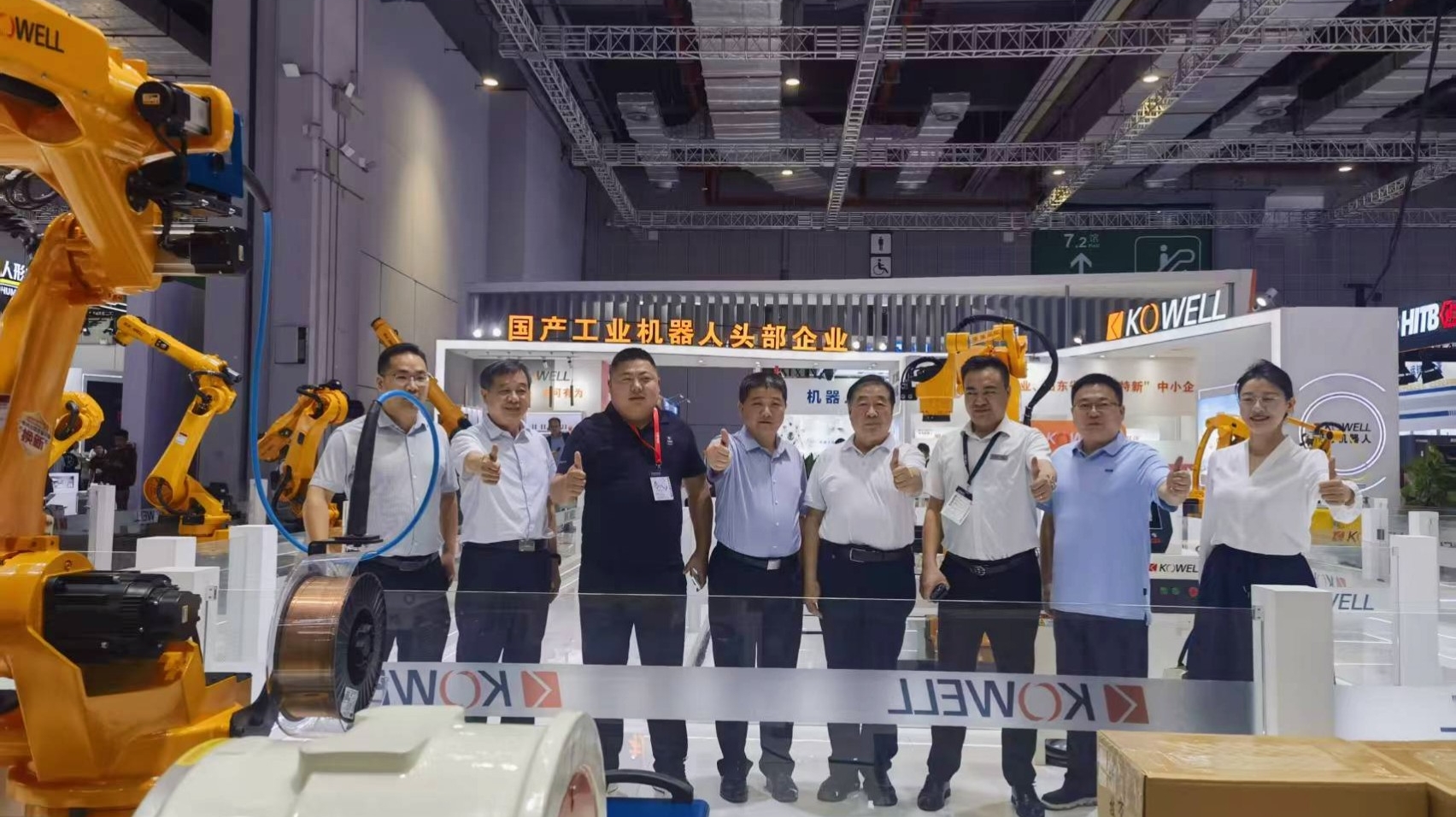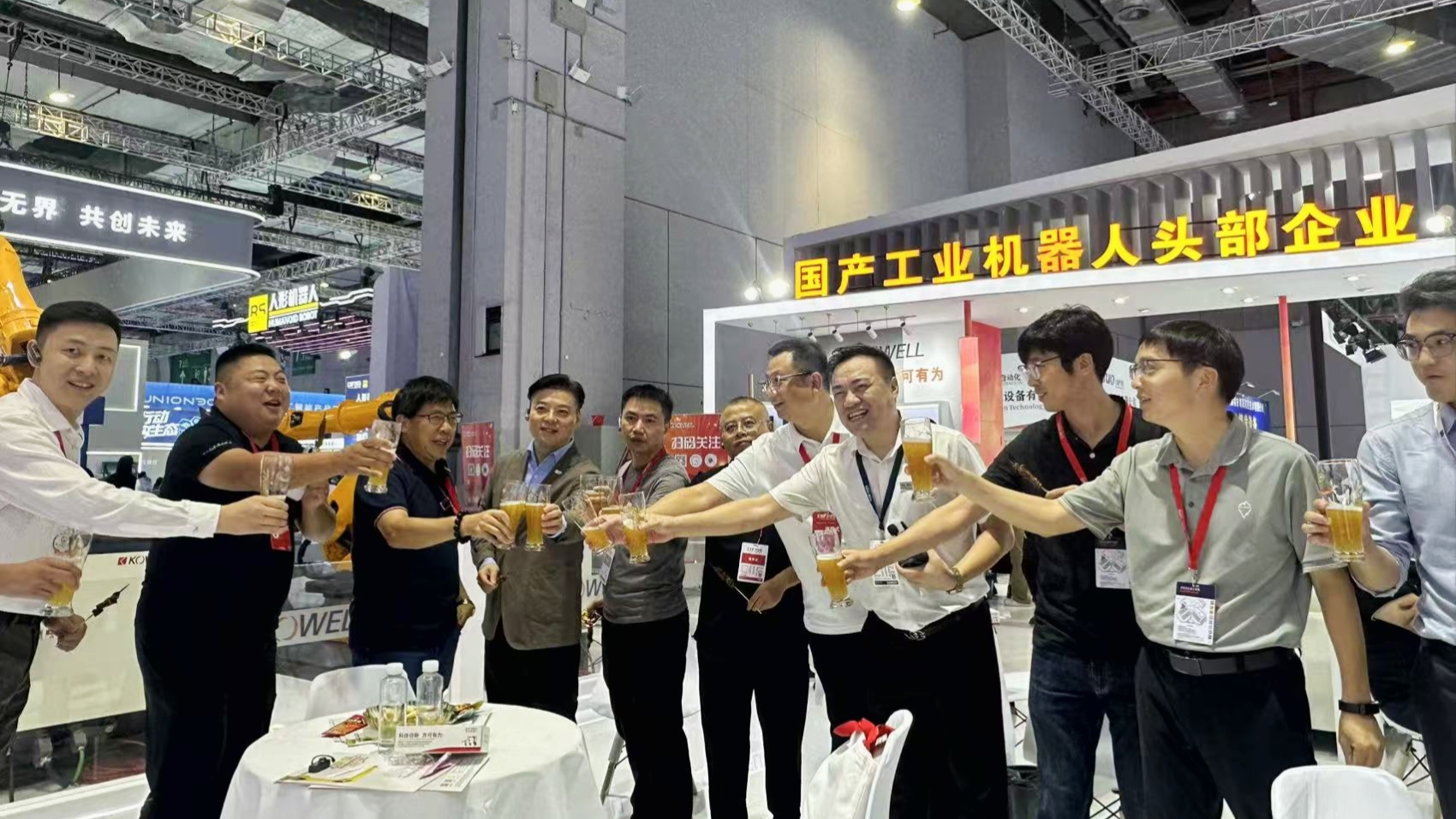In the process of digital evolution of the manufacturing industry, the packaging process is no longer just a "finishing process". On the contrary, it is becoming an important node connecting the production front end and the logistics outbound. At the end of this process chain, a new type of unit is emerging-the collaborative palletizing unit. It not only undertakes the task of physical handling, but also through intelligent collaboration, dynamic scheduling and high adaptability design, the collaborative palletizing system is becoming an indispensable "end core" in the entire packaging process.
From a single action to a process role: the evolution of palletizing tasks
Traditional palletizing operations are usually regarded as a "repetitive, physical" job, and deploying robotic arms for automated processing is no longer a new thing. However, with the diversification of order structures and the growing demand for small batches and multiple frequencies of delivery, the rigid method of "stacking one pallet to the end" in the past is losing its efficiency advantage.
At this time, the collaborative palletizing unit came into being. It is not just a robotic arm, but an intelligent node with flexible scheduling as the logical core, human-machine collaboration capabilities, and the ability to respond to process changes in real time. Its embedding does not passively take over the original process, but reshapes the rhythm and logic of the terminal process.
Flexible collaboration: from "OEM" to "co-working"
Compared with traditional automatic palletizing equipment, the prominent feature of the collaborative palletizing unit is the word "collaboration". Its collaboration is not only reflected in collaboration with people - for example, in a semi-automatic packaging production line, it works with operators to complete palletizing, labeling, sorting and other actions; more importantly, it can link data with upstream and downstream systems: identify box types, adjust palletizing strategies, receive production line beat signals, and respond to logistics scheduling instructions.
Furthermore, it can realize intelligent identification, task switching and even path optimization of different batches of orders through the edge control system, thereby breaking the technical bottleneck of traditional "static palletizing" at the end while ensuring the safety of operations. This evolution from "OEM to co-working" means that the collaborative palletizing system is becoming the internal driving force of the entire packaging production line.

Embedded in the value chain: not an "accessory tool" but a "scheduling node"
A cognition worth reevaluating is that the palletizing unit is no longer a "dispensable patch", but an important interface in the flexible scheduling system of the production line. In the context of multi-line production, the packaging process is no longer just physical packaging and boxing, it also undertakes complex tasks such as product information aggregation, packaging mode switching, and logistics diversion.
The emergence of the collaborative palletizing unit allows all this to unfold in an orderly manner. Its compact structure and flexible deployment can be quickly integrated into the existing packaging line, and it can be connected to the host computer system through a standard communication protocol to achieve status feedback and task synchronization. In a sense, it is one of the digital nerve endings of the workshop, no longer an "executing action", but an intermediary for "transmitting intentions".
The "soft lander" for enterprise upgrades-collaborative palletizing units
In promoting automation upgrades, many companies are faced with the realistic difficulties of "high transformation costs and high risks of production line interruptions". A key advantage of the collaborative palletizing system is that it is "light integration and fast deployment", which is suitable as a transition device for enterprises to move from semi-automatic to automated.
It can be deployed modularly according to needs, for example, it can be connected to a packaging island first and then gradually expanded to multi-site collaboration; it can also be combined with a mobile base to create a "mobile palletizing workstation" to quickly adapt to multiple packaging stations. This flexibility provides enterprises with a "soft landing" option for technology upgrades, avoiding the high-risk path of "knock down and rebuild".
From the perspective of practical applications, many manufacturing companies choose to "prototype" from the end link of palletizing, first build a pilot of a collaborative palletizing unit, and then gradually promote it to other nodes in production. This strategy is not only risk-controlled, but also convenient for enterprises to quickly obtain feedback and optimize the overall production line strategy.
Extending to the future: the fusion interface of data, algorithms and platforms
It is worth observing in a forward-looking way that the collaborative palletizing unit is at a critical stage of evolution from "execution node" to "data node". It not only undertakes physical action execution, but also serves as the boundary end of data collection and interaction, and becomes the interface between the manufacturing site and the scheduling platform.
In the future, it is expected to further improve its strategic decision-making capabilities with the help of algorithms, such as judging the appropriate palletizing method through machine learning, identifying box defects in advance, and optimizing the handling path. At the same time, the data interface function of the collaborative palletizing unit will also become a key fulcrum to support enterprises in realizing workshop visualization and full-process traceability.
If traditional palletizing equipment is a "mechanical hand", then the collaborative palletizing system is more like a "nerve-carrying end". It not only responds to commands, but also can perceive changes, participate in judgments, and even form consensus and collaboration with other nodes in the system.
Conclusion: From the edge to the core of the process
At the end of the packaging process, there are often "control points" that are easy to ignore but valuable in the operation of the enterprise. The collaborative palletizing system is such a node: it seems to be on the edge, but it is actually moving towards the core step by step. With its light body, it undertakes the important task of connecting processes, adapting to changes, and driving flexibility.
In the future intelligent manufacturing scenario, this type of "micro-collaborative unit" will become more and more. They are not noisy, but they execute accurately; they do not take up space, but they are crucial. It is not a simple palletizing device, but a new process language represented by the collaborative palletizing unit, and the starting point of a new packaging logic.

Online Consultation
Hello, the current customer service is offline. You can leave your contact information and the staff will respond to you as soon as possible!



![[CIIF Day 4: Technology In-Depth] Kewei Robotics Drives Intelligent Manufacturing with Innovation, Leading the Wave of Industrial Transformation](https://cdn.cnyandex.com/kw_en/uploads/9.26.1.jpg)


![[CIIE First Day: Exploding the House] Kewei Robotics made a stunning appearance at the CIIE, ushering in a new paradigm for intelligent manufacturing!](https://cdn.cnyandex.com/kw_en/uploads/9.23.1.jpg)